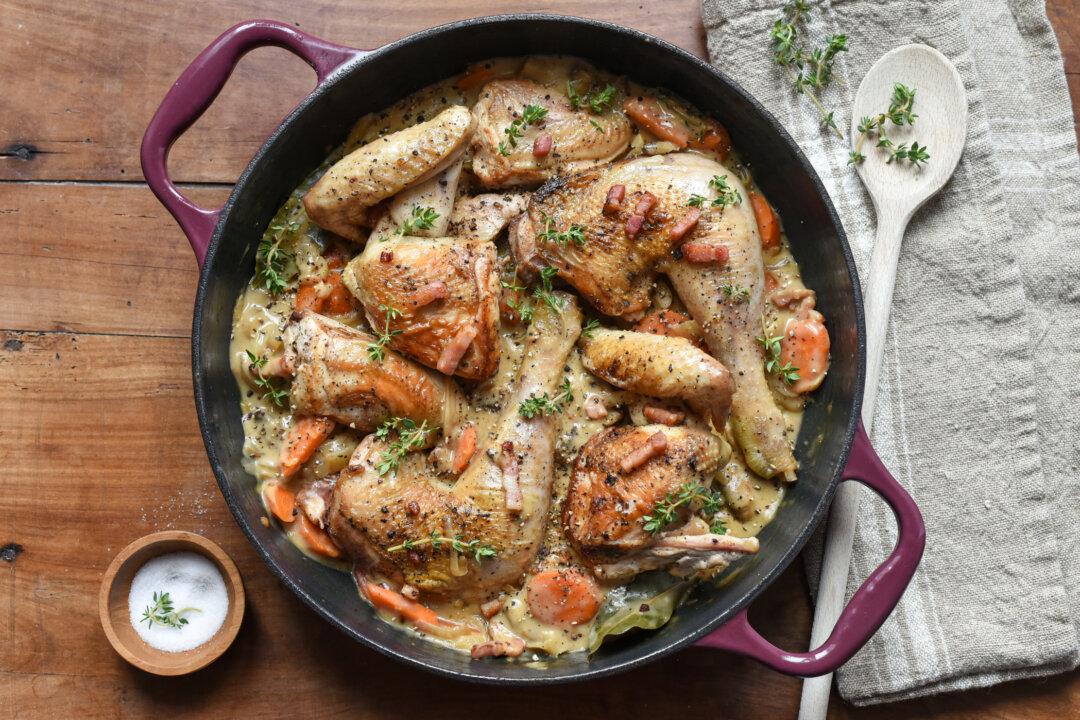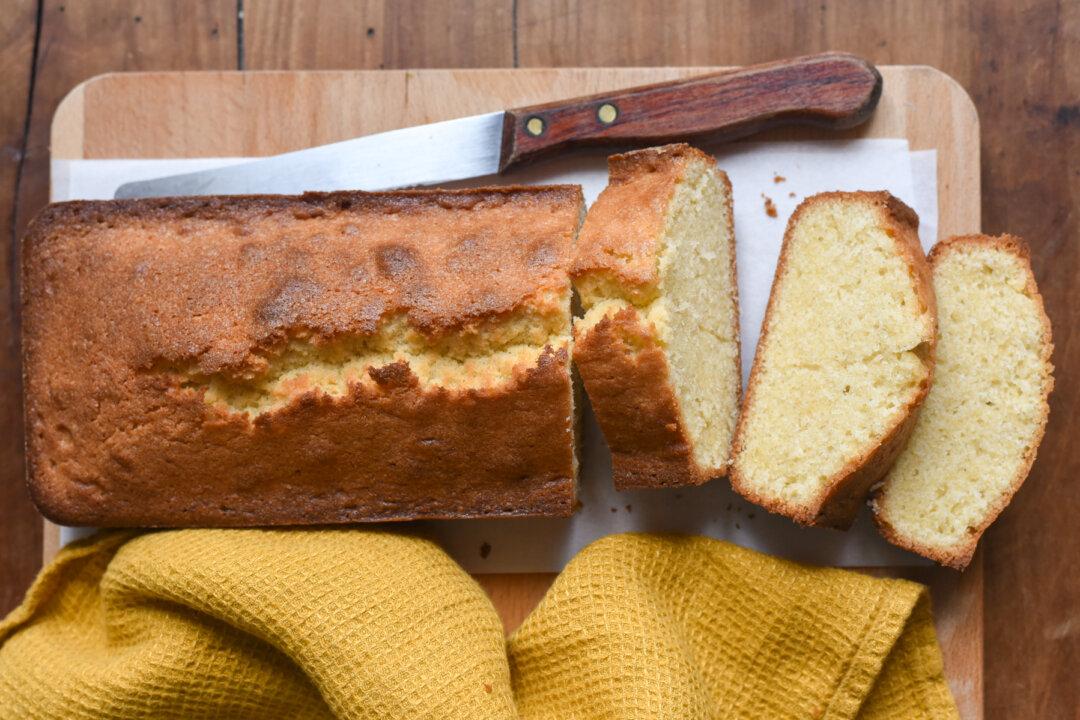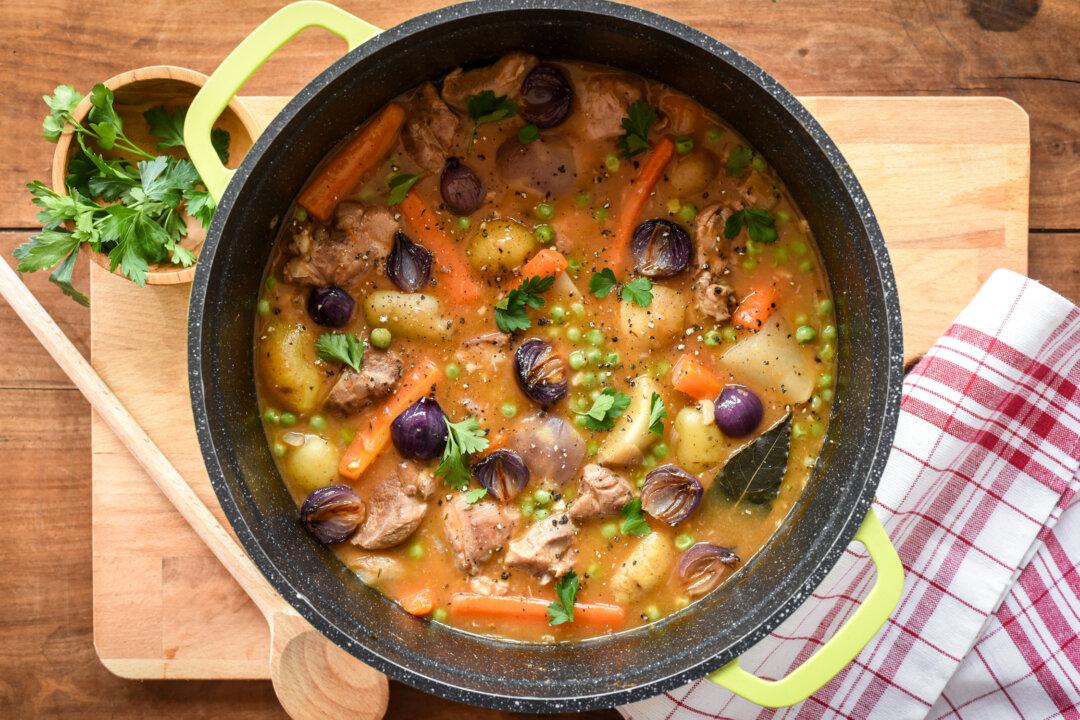If you’re looking for a new companion for your summer berries, search no further than sabayon.
An Italian import adopted by the French, sabayon is a delicate, frothy custard, made with just three ingredients: egg yolks, sugar, and wine. Rapidly whisked together over a bain-marie, the mixture transforms into an airy sauce. Light and subtly sweet, it’s a great dairy-free alternative to whipped cream, perfect for spooning over juicy seasonal fruits.





